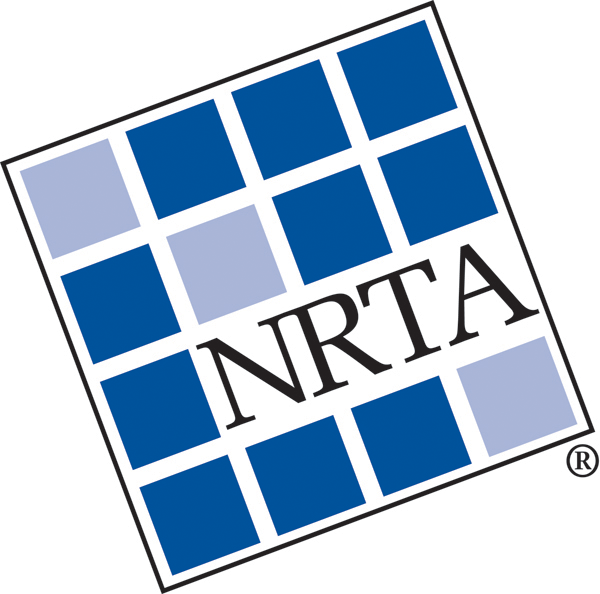Must Take v. As Needed
Pac. Mkt. Int’l, LLC v. TCAM Core Prop. Fund Operating LP, 186 Wash. App. 1050 (2015).
Landlord, the owner of an office building in Seattle, leased 133 parking spaces under its building from The Port of Seattle, on a monthly basis. The cost of those parking spaces was passed on to the building’s tenants. In 2005, Tenant and Landlord entered into a lease that provided for Tenant to pay for underground parking on an “as-needed” basis. Under this as-needed arrangement Tenant had the right, but not the obligation, to lease a certain number of unassigned parking spaces. In 2007, Landlord sold the building and the buyer assumed Landlord’s rights and obligations under the 2005 lease. In 2009, Tenant and Landlord began negotiations for a new lease to take effect upon the expiration of the original lease. During negotiations, Tenant and Landlord exchanged drafts of a letter of intent that contained a proposed set of terms. A new lease was executed and commenced in 2010, after which Landlord began charging Tenant for 34 underground parking spaces on a “must-take” basis. Under this must-take arrangement, Tenant had the obligation (rather than just the right) to lease 34 underground parking spaces. Tenant paid the parking charge under protest, claiming that the parking arrangement under the new lease was intended to be as-needed and not must take, with Tenant retaining the right to designate how many spaces it would need each month. Tenant eventually brought suit, in which Landlord and Tenant each ascribed different interpretations to the meaning of the parking provisions in the letter of intent that had been signed by the parties during lease negotiations. The court ignored the letter of intent and focused instead on the language of the lease. In regards to parking, Item 13 of the Lease stated, “Tenant shall lease thirty-four (34) parking spaces in the Garage, pursuant to the provisions of Paragraph 18(a),” while Paragraph 18(a) provided that, “Tenant shall have the right to the nonexclusive use of the number of parking spaces located in the parking areas of the Building specified in Item 13.” Tenant contended that these two provisions collectively created the right, but not the obligation, to lease 34 parking spaces, consistent with the arrangement under the previous lease. The court found that the language in Item 13 of Basic Lease Provision Item 13 was clear and unambiguous and created an affirmative obligation for Tenant to lease the parking spaces. The court rejected Tenant’s attempt to introduce the prior lease or the letter of intent as evidence of the parties’ intent, holding that extrinsic evidence cannot be used to contradict the written words of a lease. The court also rejected Tenant’s argument that: (a) because Tenant did not know that Landlord believed the lease would create a must-take arrangement, and (b) because Landlord knew that Tenant believed the lease would create an as-needed arrangement; that the lease must be interpreted according to Tenant’s understanding. The court noted that no communications between Tenant and Landlord during the negotiation for the new lease specifically referred to the “shall lease” language in the original lease and no communications sent by Tenant indicated Tenant’s desire to continue the as-needed parking arrangement.
